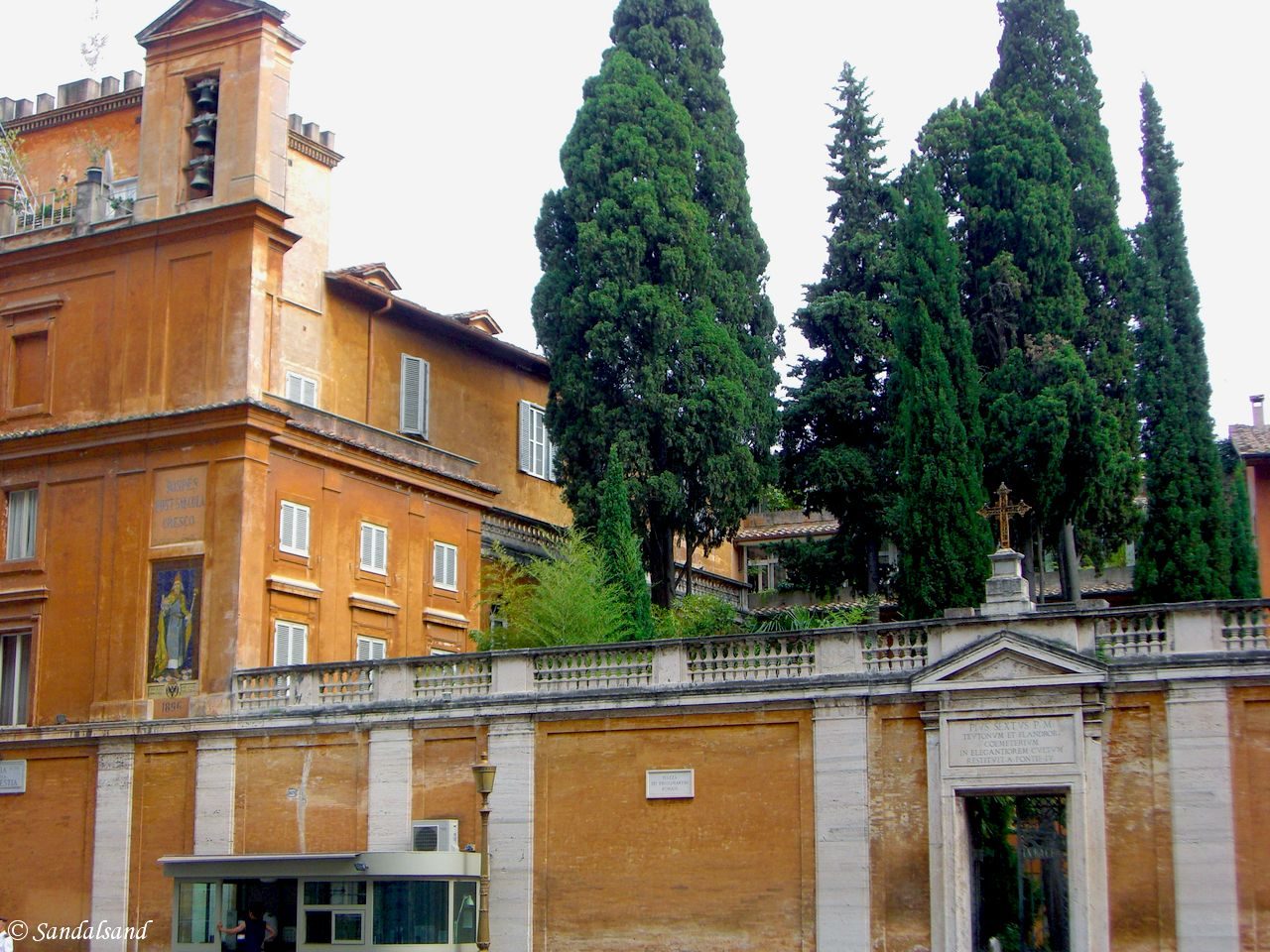What do we mean by houses for the deity or its premier representative on Earth? This chapter in the series about religious buildings is a rather peculiar one.
To be true, in many religions the deities do not need a house or dwelling, they are all around us. Indeed, some would say that the god or spirits is nature itself. On the other hand, some buildings have become famous because they have been designated as having been, or remain to be categorised as either the houses for the deity himself, or belonging to the god’s earthly representative.
Here is a collection of sites, based on my own journeys. If you want to delve into religions, check out this Wikipedia article.
Angkor
The Angkor temple complex in Cambodia needs perhaps no further explanations. You may read about Angkor here. The temples were largely built to house Hindu gods, later turned into Buddhist temples. Anyway, human beings were not allowed to live in structures made of stone, only wood.
Over the years, as the empire collapsed and the jungle took over, the wooden houses rotted and disappeared. What remain, although in many parts still interlaced with roots of massive trees, are the houses of the gods.
Bethlehem
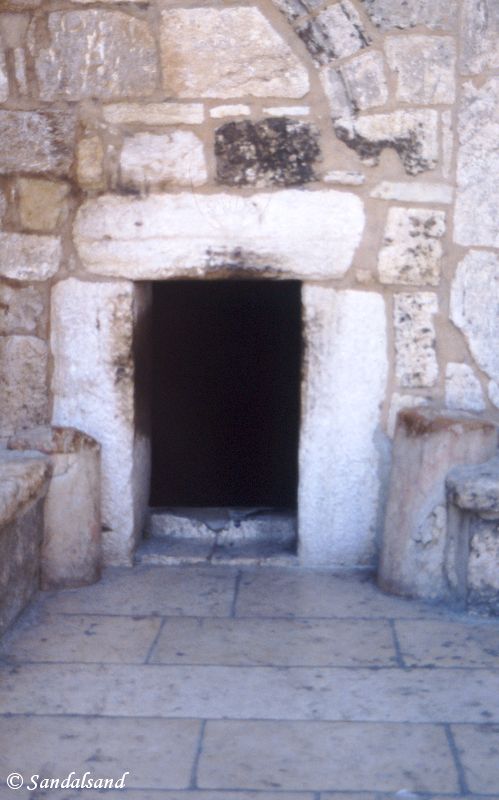
The small town of Bethlehem on the West Bank (to some known as Palestine, to others as Judea) of the Jordan River was according to Christianity and Islam the place where Jesus Christ was born. The son of God according to the Christians, or an important prophet according to Islam, did not live here for long.
I have incidentally also been to Nazareth where he grew up, but found nothing inspiring in terms of Christian religious buildings.
Cuzco
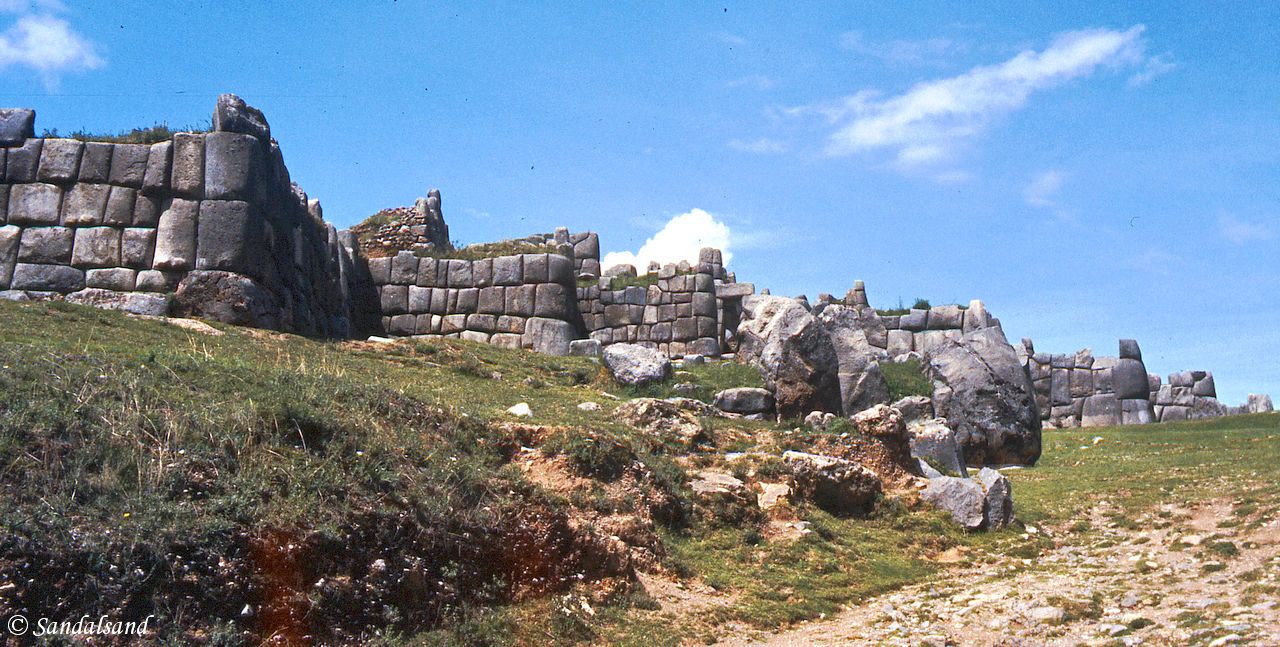
Going west and south to another world region, we approach the huge Andes mountain range. The Incas were at a time rulers here. I wrote in a previous chapter in this series about the sun god called Inti, and the king Sapa Inca “child of the sun”. Sacsayhuamán was his fortress and Cuzco was his capital.
Lhasa
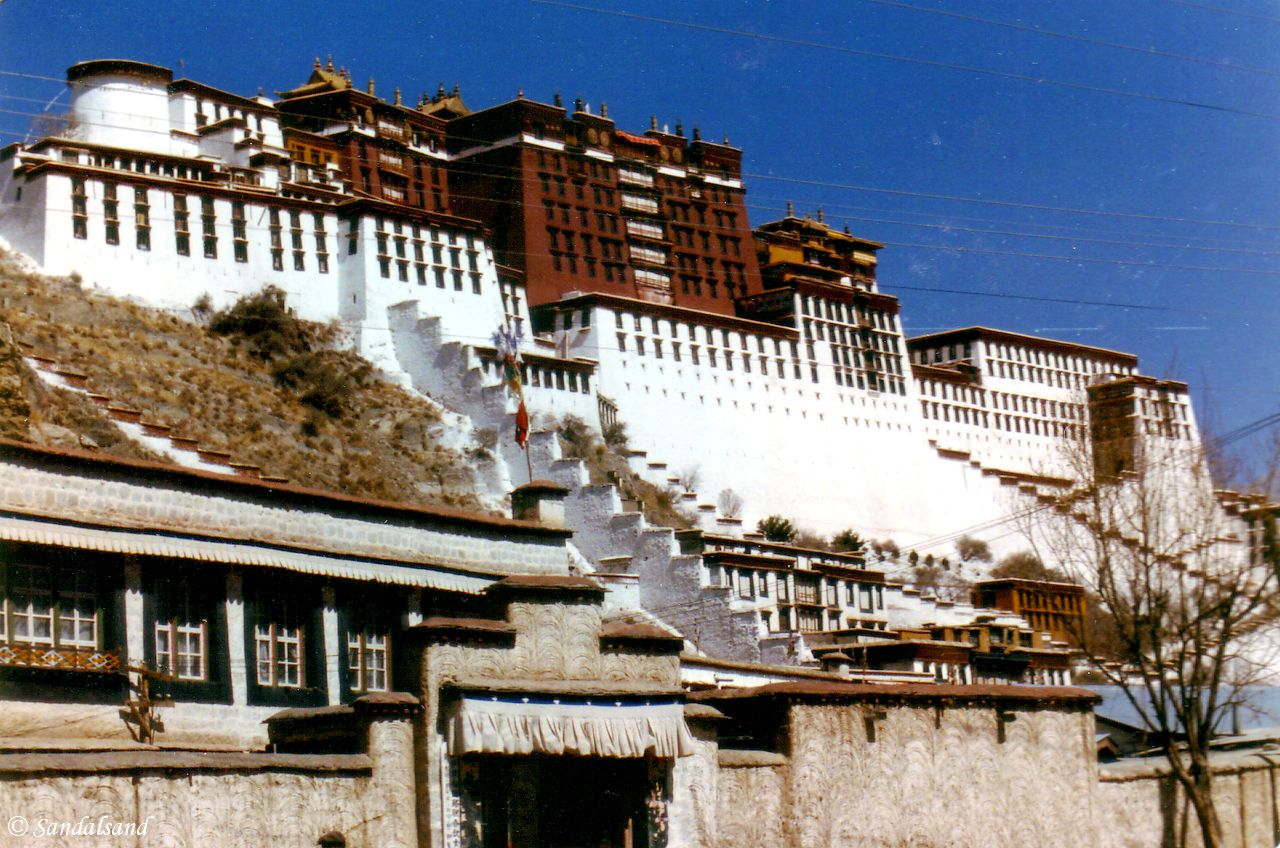
Crossing another large ocean, and flying into another great mountain range, the Himalayas, we approach Tibet and the palace of one the world’s most significant religious figures. The present Dalai Lama has however not set his foot inside his palace for more than 50 years. I have.
The Potala Palace in Lhasa is dominating the city, the valley and the country in every way possible. Buddhists might object to me including this place as something relating to a “deity” as there is no such thing in Buddhism. On the other hand, the role model of the Dalai Lama comes very close to being one.
The Vatican
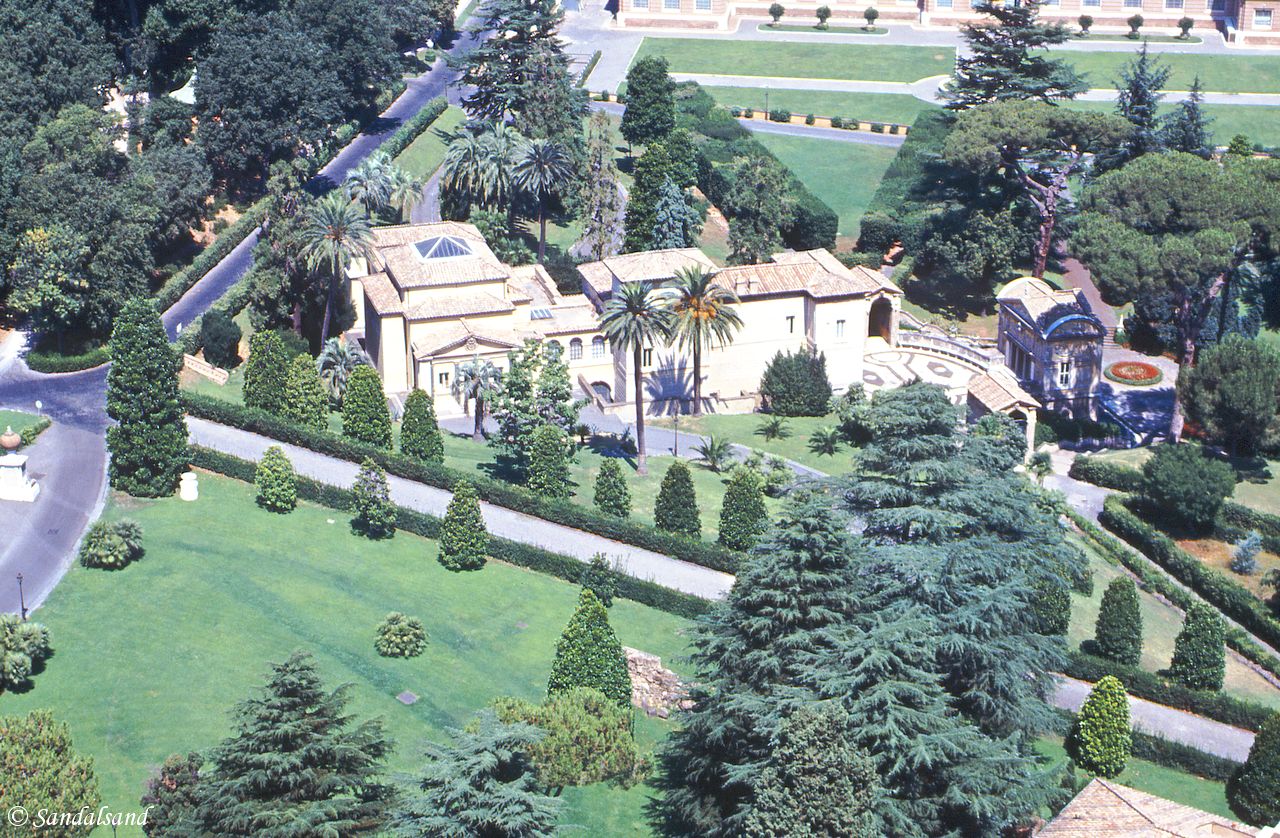
Moving on the Europe we find the residents of two very famous church leaders.
According to the Roman Catholic branch of Christianity, the bishop of Rome holds the most important position of being God’s premier representative on Earth. This is the congregation St Peter himself set up. Rome’s bishop, better known as the Pope, has his own state named The Holy See, and the Vatican is the place. (The featured image for this blog post is also from the Vatican.)
Russia
Northeast, in Russia, the less powerful head of the Russian Orthodox Church, the Patriarch, has over the centuries moved between the Kremlin in Moscow and Sergiev Posad outside Moscow. He was for centuries expelled from Moscow to Sergiev Posad by a succession of Tsars and Communist Rulers.
It may be needless to add, but all places mentioned in this article are UNESCO World Heritage Sites. All links in this article about houses for the deity lead to my blog posts from the heritage sites. Check out this Wikipedia article as well.
Further reading
Articles about religious buildings:
(1) Introduction
I, Places of worship (chapters 2-6) Read the first
II, Monasteries and educational institutions (chapter 7) Read
III, Housing for the deity itself or its premier representatives (chapter 8) Read
IV, After death (chapters 9-12) Read the first

